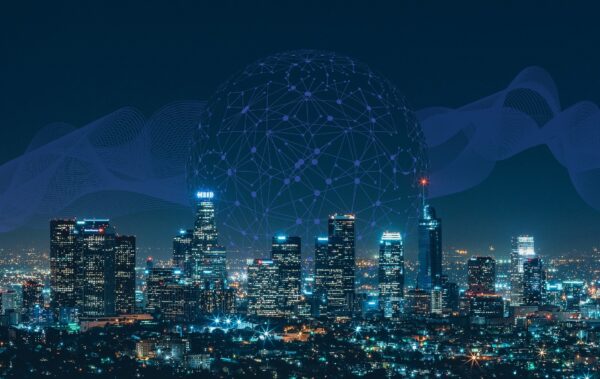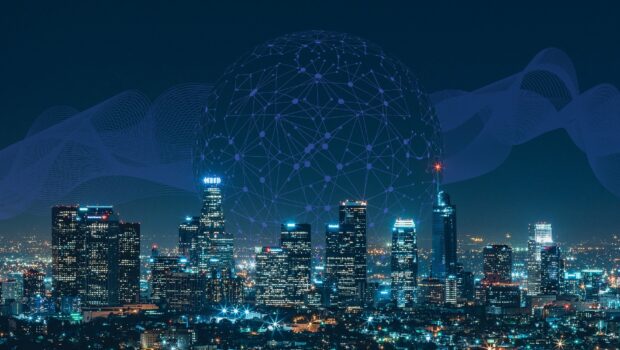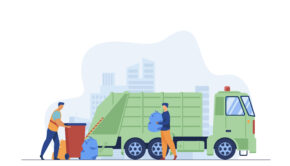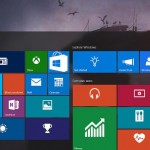How Smart Cities & IoT Will Change Our Communities
There is no denying that IoT has brought about revolutionary changes in every aspect and it is not far behind when it comes to smart cities. While the concept of smart cities has been there for a while, it gained traction because of technological advances and rapid urbanization. Typically, it deals with the planning, design, and governance alongside IoT.
The Internet of Things is one of the main drivers that leads the smart city movement. And, it refers to the interconnectedness of certain systems and devices through vast networks of sensors.

It involves technology that connects the residents with city services with collective intelligence and resolves the issue to improve the quality of life.
How does IoT influence smart cities and bring change to communities?
Smart cities implement critical information and communication solutions that tend to solve existing problems in society through data-sharing gadgets.
City environment
Smart cities will help their residents to make informed decisions that range from how to enjoy the lifestyle to spending their income. For businesses, it will help determine where to open department shops, new eateries, dry cleaners, and so on. IoT will gather and evaluate data by measuring foot traffic in each area throughout the city.
Presentations and visualizations will show regions and structures that needed restoration. The plan will be created through GPS-tagged images supplied by residents and personnel from several departments. Besides, asthma and allergy patients can plan routes through which they can travel at ease without aggravation.
Moreover, people in several nations are participating in trials that include installing monitors in their workplaces and homes to gather information on pollution levels. The geolocation inhalers used by people help to collect accurate data about allergens lurking around the city including the levels of pollution.
The environment around the home
People living in smart buildings can access different types of real-time power data such as weather reports, energy costs, supply, and many more. Moreover, to have better control over the system and usage of energy across the locality, certain types of city services will connect to equipment.
These include certain devices at home, solar cells, car charging points, smart energy meters, and so on. Gadgets that keep track of health can inform relatives immediately about the deteriorating condition of the patients. At the same time, it informs the health authorities about the crisis. That way, IoT takes care of older family members with ease.
Dealing with traffic congestion
A huge network of sensors controlled by the IoT alongside roads can gather the right information about the traffic. The system will have the right information about the number of vehicles flowing throughout the city.
Furthermore, the accumulated data gets transmitted to a computer algorithm that helps recognize a pattern depending on the flow of traffic. With this information in place, the traffic lights work on a pattern that helps to optimize the flow of traffic. As such, a day will come when there won’t be a need for a single traffic cone to divert or warn traffic.
Intuitive parking modules
With smart parking systems in place, it is easier to find out whether or not parking places are vacant or occupied. The system uses GPS locations from other drivers’ smartphones or devices installed in parking places. In short, you can have a car park chart in real-time.
Users receive information about their nearest parking place when it gets vacant without the need to wander. Important data from IoT devices help discover patterns in how people around the city are using public transportation. The information improves the traveling experience while adhering to prevalent safety norms.
Energy conservation
Towns and cities are consuming more power than they used earlier. Besides, non-renewable fuel sources like coal constitute a major part of this power. However, cities that have a fair amount of renewable energy sources such as nuclear electricity or hydroelectricity might gain from low consumption.
The IoT technology in smart cities will have enormous potential when it comes to reducing energy usage specifically in areas with unoccupied cooling or heating spaces or wasted electricity lights. As such, cities will reduce their energy system demands by focusing more on warming, cooling, and zoned light.
Conclusion
The potential benefits of IoT and smart cities combined are evident and newer communities are already embracing the technology. With the increasing number of smart cities worldwide, IoT will have an overall impact for good in communities.
















